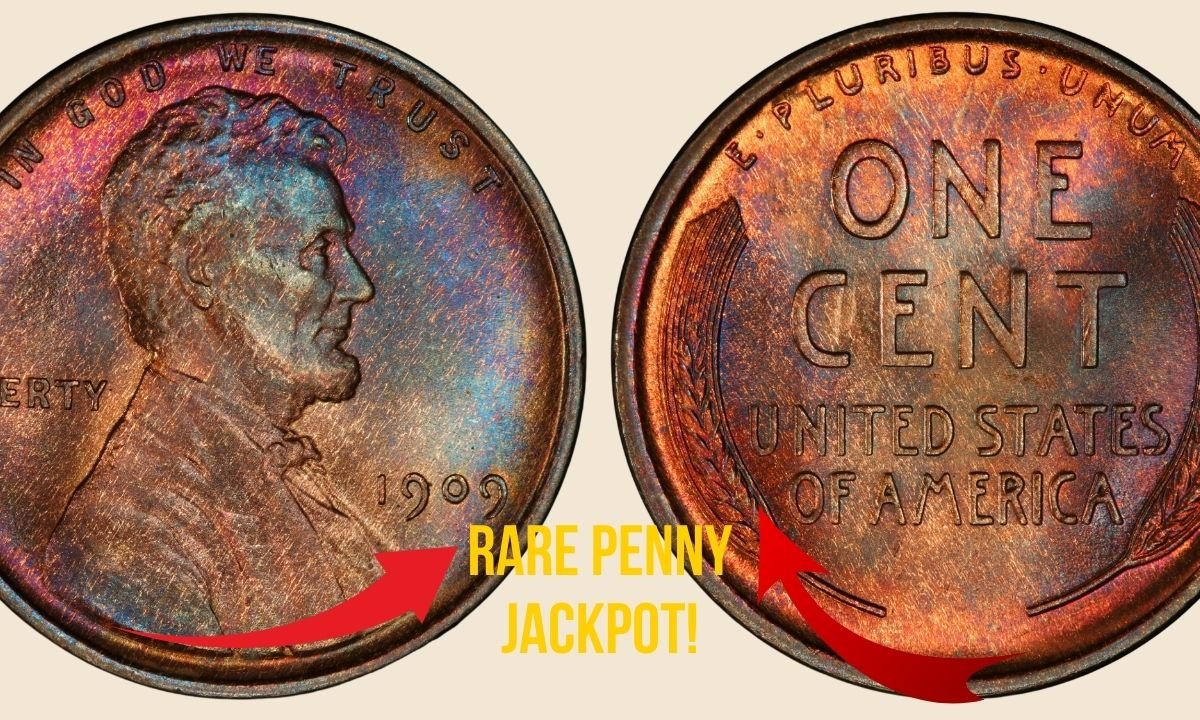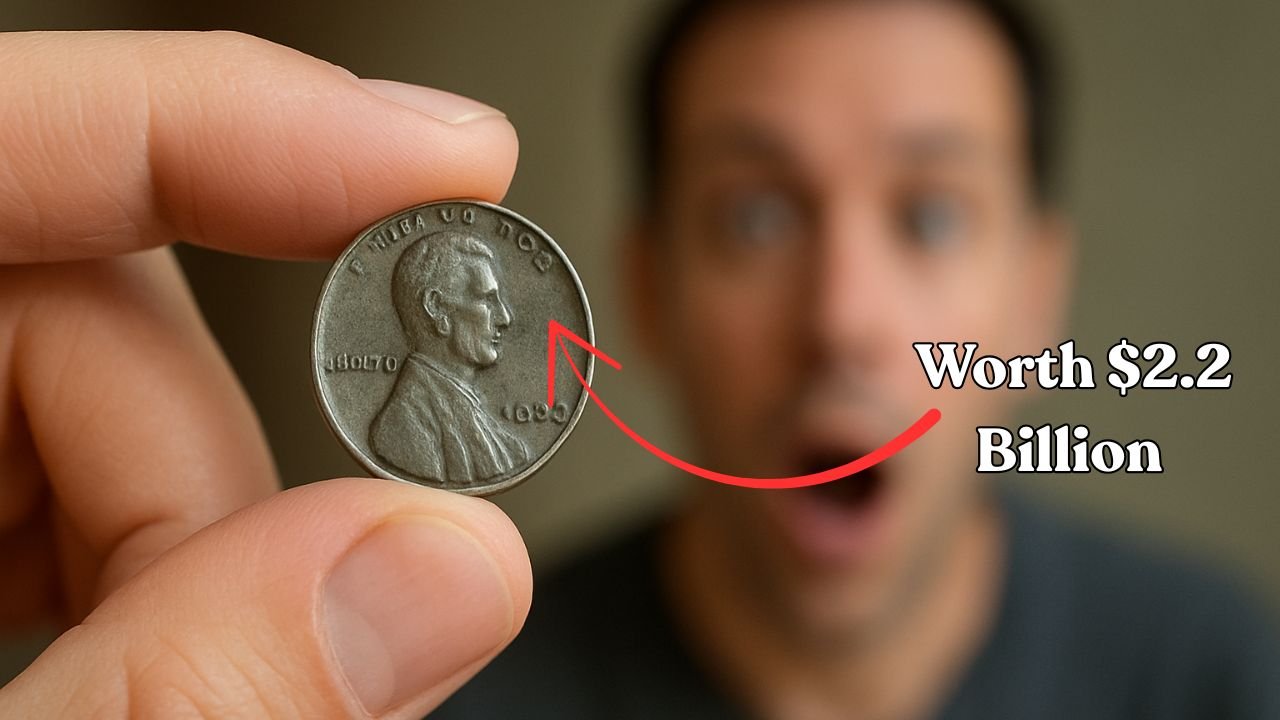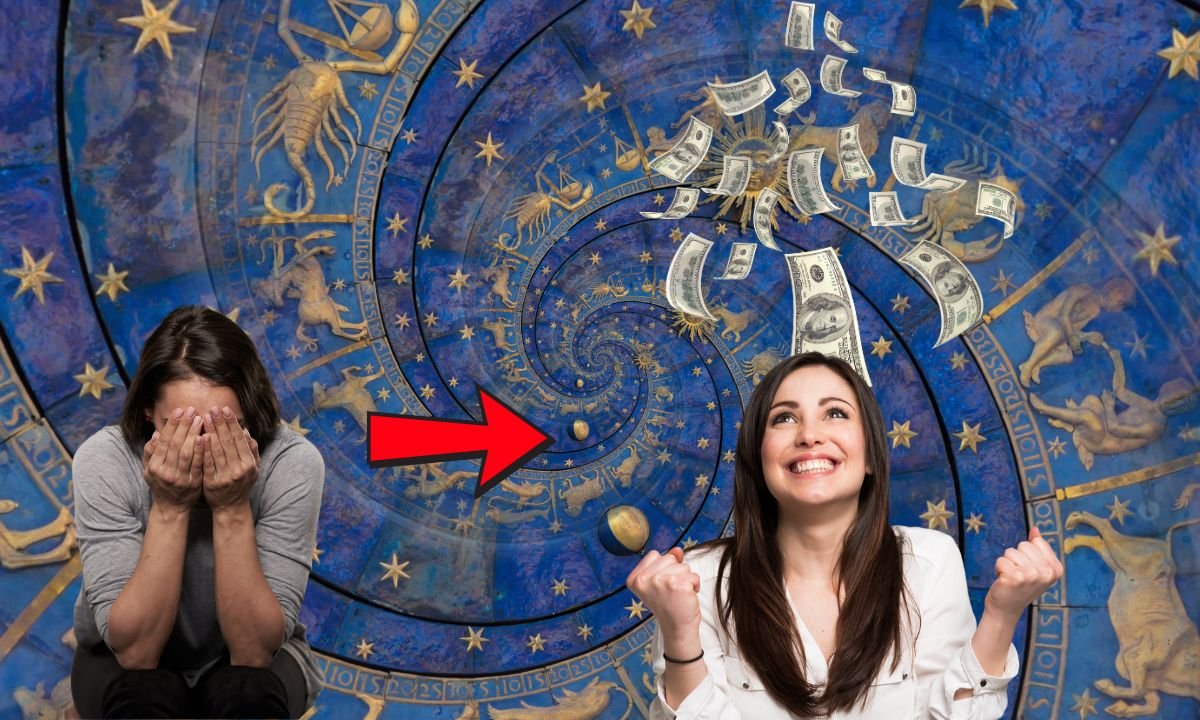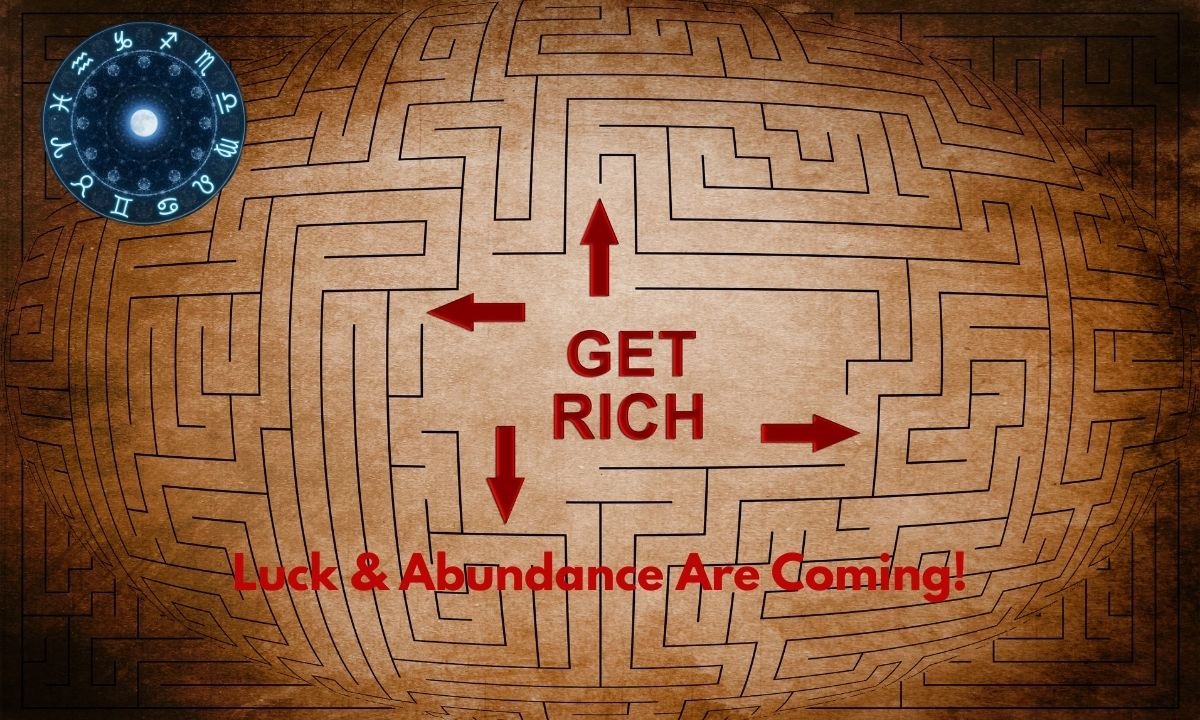Have you ever seen an old penny with two wheat stalks on the back? That is a Lincoln Wheat Penny. It was made between 1909 and 1958.
The front shows Abraham Lincoln, while the back shows two stalks of wheat. The design was made by Victor David Brenner to celebrate Lincoln’s 100th birthday. It was also the first U.S. coin to show a real person’s face.
Most Wheat Pennies are worth just one cent, but some rare types can be worth thousands—or even more than $100,000.
The Famous 1943 Bronze Penny
In 1943, copper was needed for World War II. So, the U.S. Mint made pennies from steel coated with zinc. These coins looked silver.
But by mistake, some leftover bronze blanks from 1942 were used. Only about 15–20 bronze pennies from 1943 are known. They look reddish-brown, weigh more, and are not magnetic.
These coins are very rare and worth huge money. One sold for hundreds of thousands of dollars, and another sold for over $1 million.
Values of Rare Wheat Pennies
The value depends on the year, mint mark, condition, and type of error. Some pennies are worth only a few dollars, but rare ones can sell for life-changing amounts.
Here is a table of famous Wheat Pennies and their values:
| Year & Type | Estimated Value Range |
|---|---|
| 1909-S VDB | $1,000 – $100,000 |
| 1914-D | $200 – $144,000 |
| 1943 Bronze | $50,000 – $1,000,000+ |
| 1955 Doubled Die | $1,000 – $100,000 |
One bronze 1943 penny sold for $144,000, and another in perfect condition sold for $1.7 million. Condition is very important—the less worn, the more valuable.
Can You Still Find Them Today?
Yes, but it is rare. Some people have found valuable pennies in old jars, piggy banks, and even in change from stores.
Most collectors already hold on to these coins, but a few may still be out there. With so many pennies in circulation, the chance is small, but it is possible.
Important Varieties to Look For
When checking pennies, look at the year, mint mark, and special details. Here are the key types:
- 1909-S VDB: First year with designer’s initials “VDB.”
- 1914-D: Made in Denver in low numbers.
- 1943 Bronze: Reddish color, not magnetic, heavier than steel.
- 1955 Doubled Die: Numbers and letters look doubled.
Always check the coin’s condition. Sharp, clean details bring higher prices.
What To Do If You Find a Rare Penny
If you think you have a rare Wheat Penny, be careful.
- Do not clean it. Cleaning can scratch it and lower value.
- Keep it safe. Use a coin holder or soft cloth.
- Get it checked. Services like PCGS or NGC can grade and confirm it.
- Explore selling options. Auctions or online platforms can bring the best price.
A real rare penny could pay for a car, a dream trip, or even part of a house.
Last Thought
Lincoln Wheat Pennies are more than just old coins. They are pieces of history that could also be hidden treasures. Most are worth only a cent, but a few rare ones can be worth thousands or even millions. Next time you see a penny with wheat on the back, check it carefully—you might be holding a small fortune.
FAQs
How old are Wheat Pennies?
They were made from 1909 to 1958.
Which Wheat Penny is most valuable?
The 1943 bronze penny is the rarest and most valuable.
Can I still find them in change?
Yes, but it is very rare.
Should I clean old pennies?
No, cleaning lowers their value.
Where can I sell rare pennies?
Auctions, coin shops, or online marketplaces.






